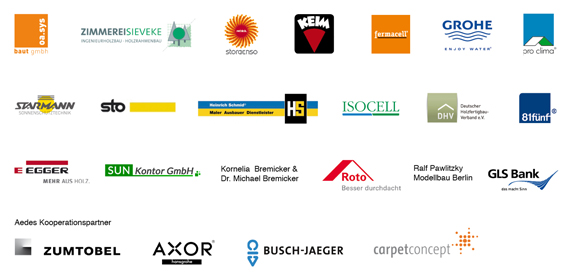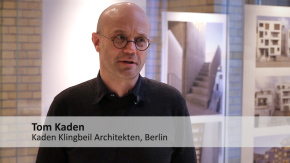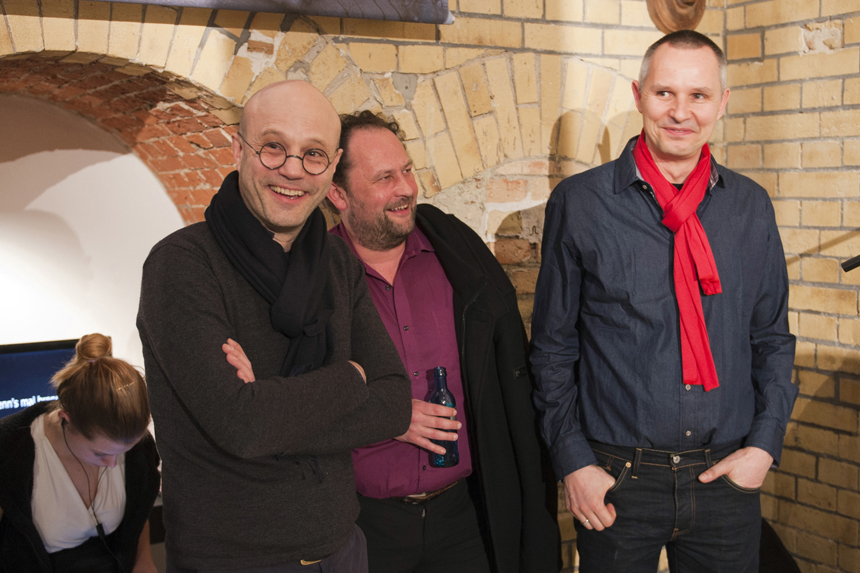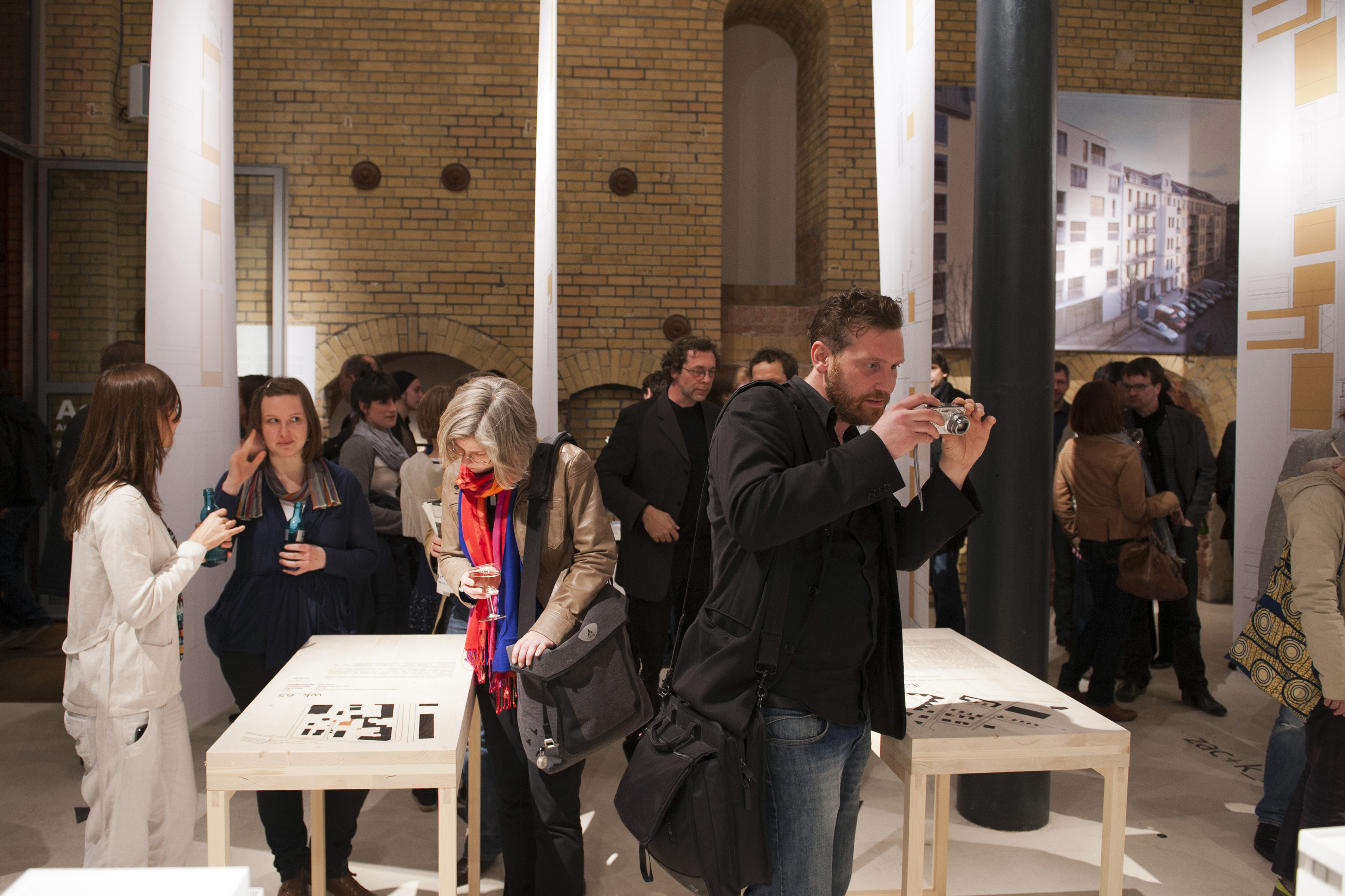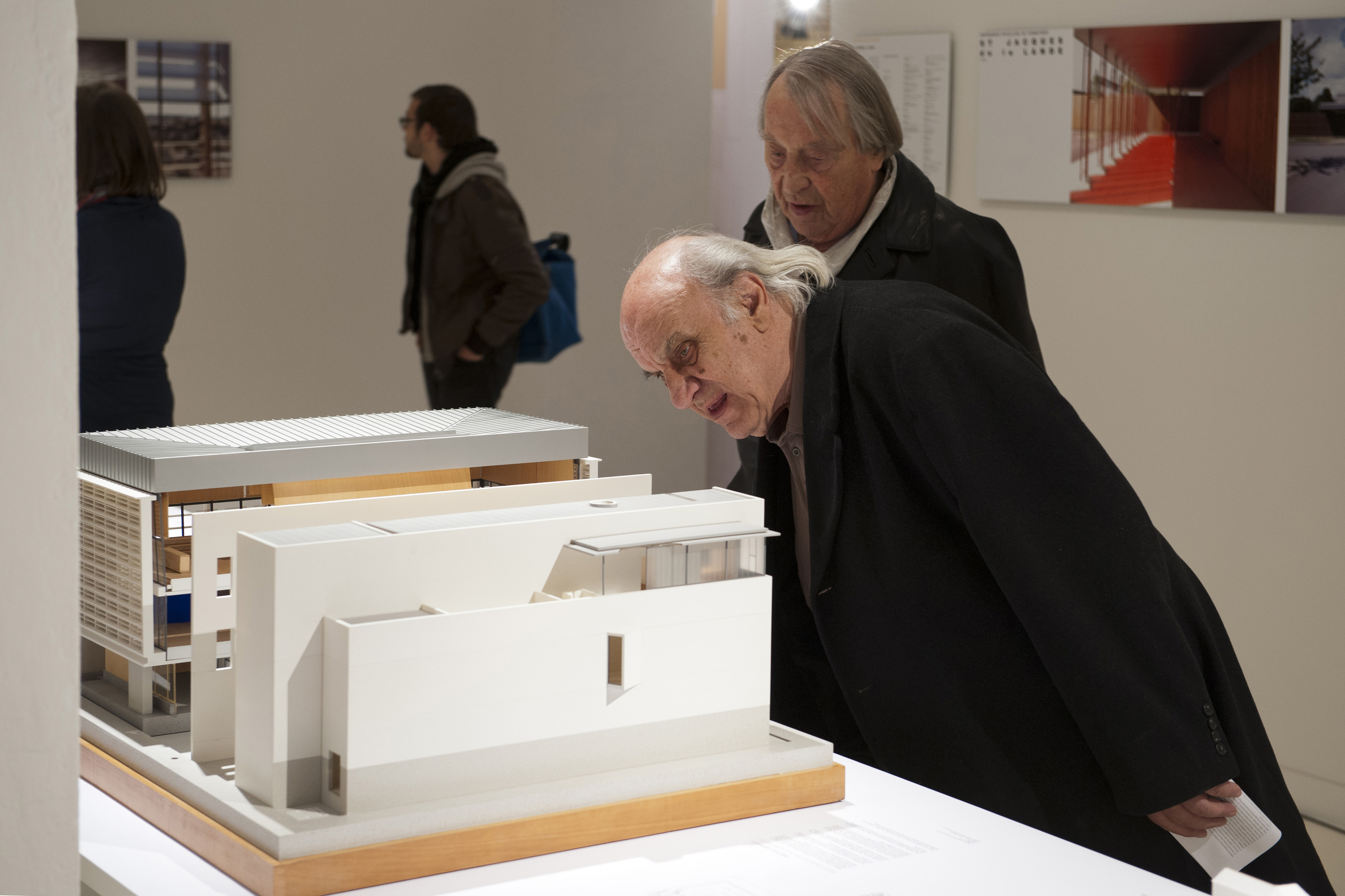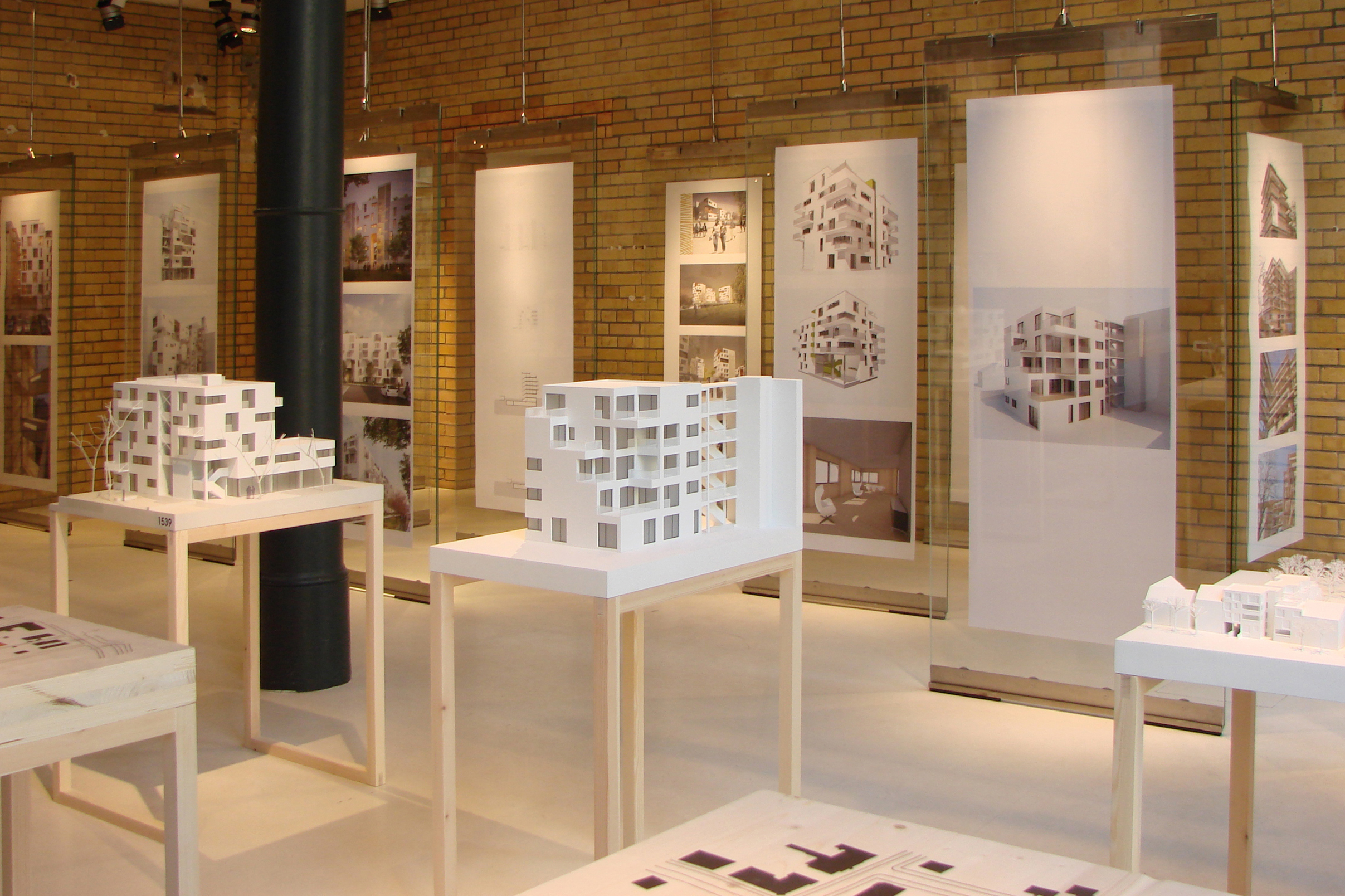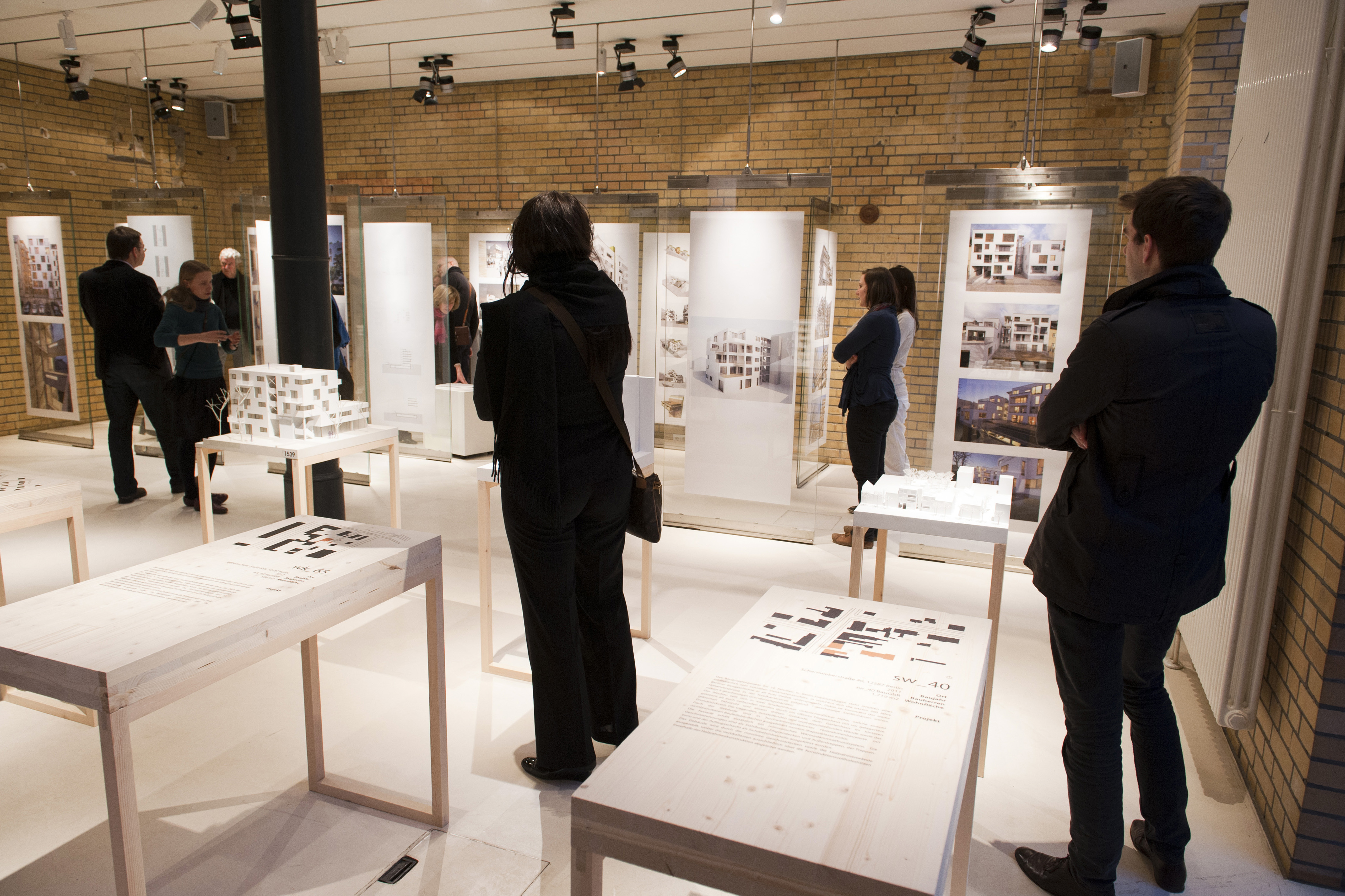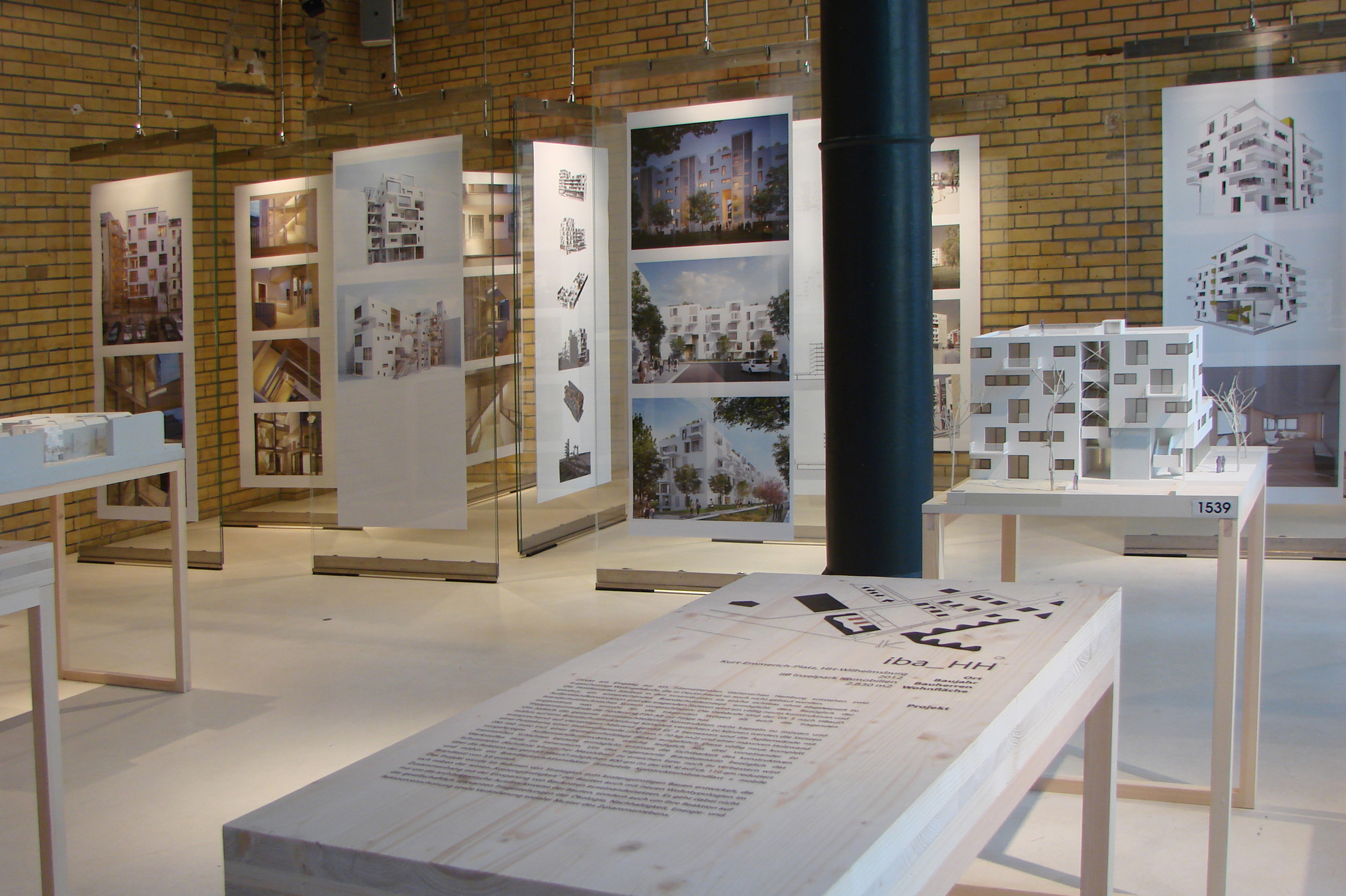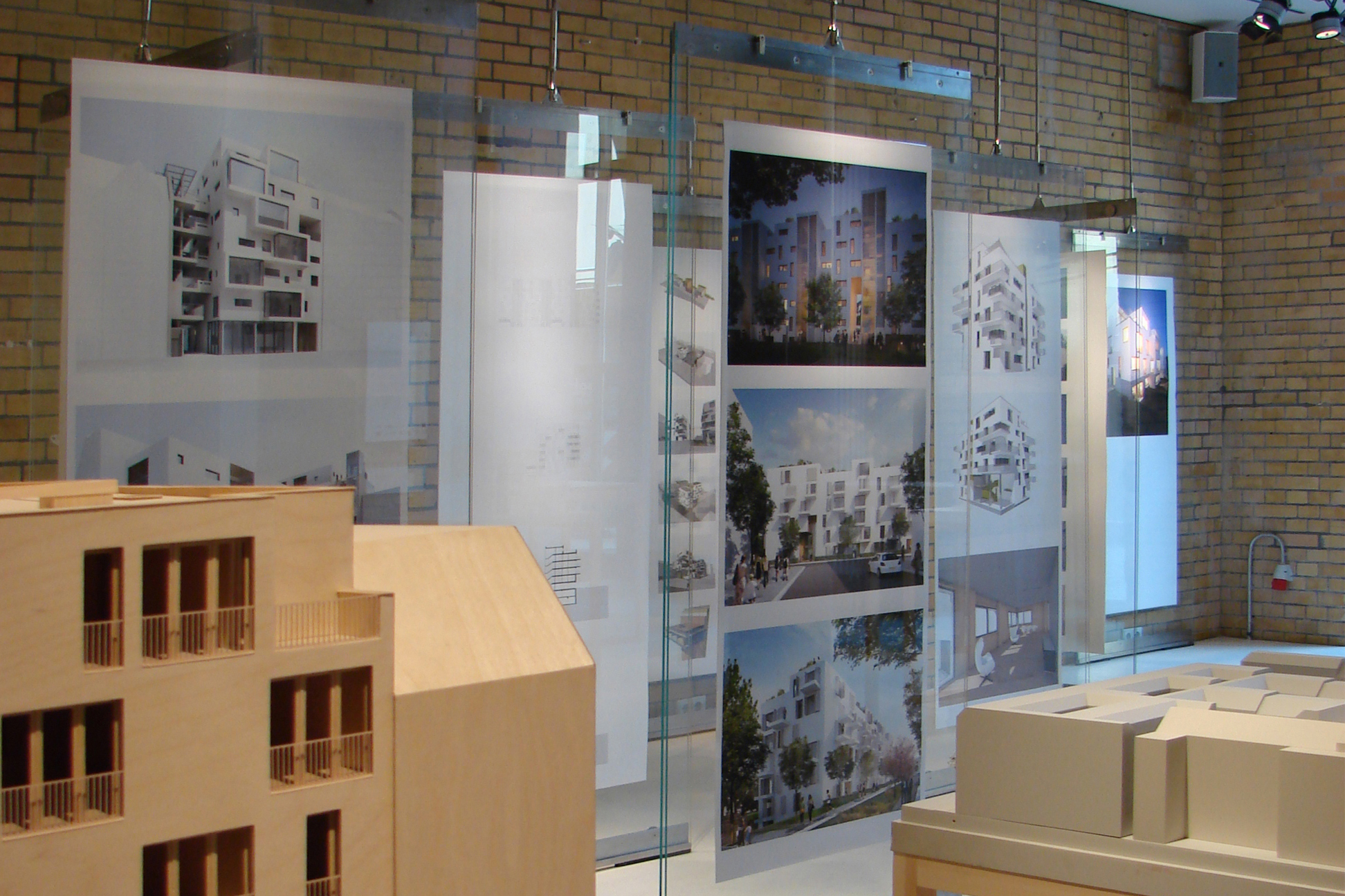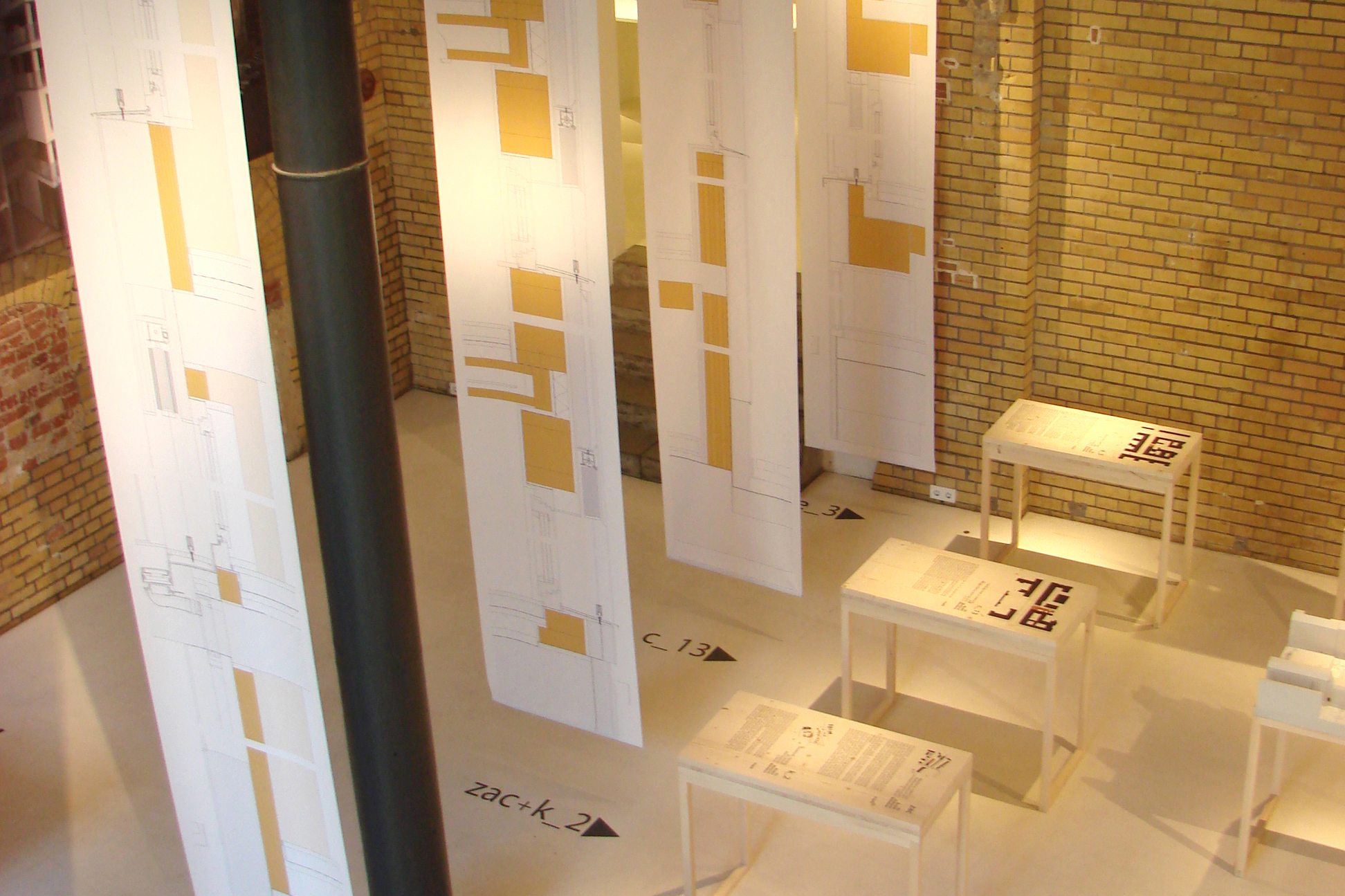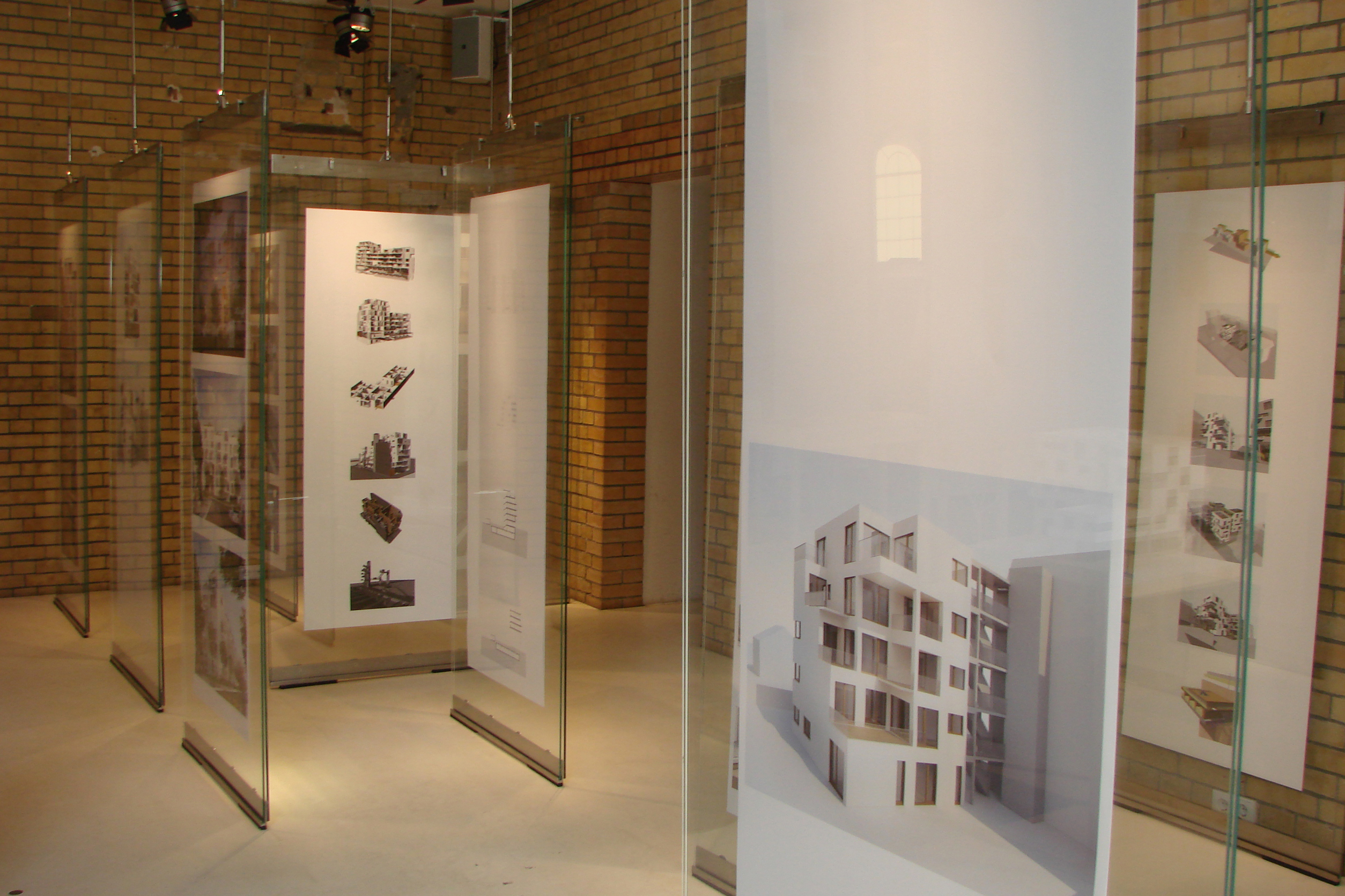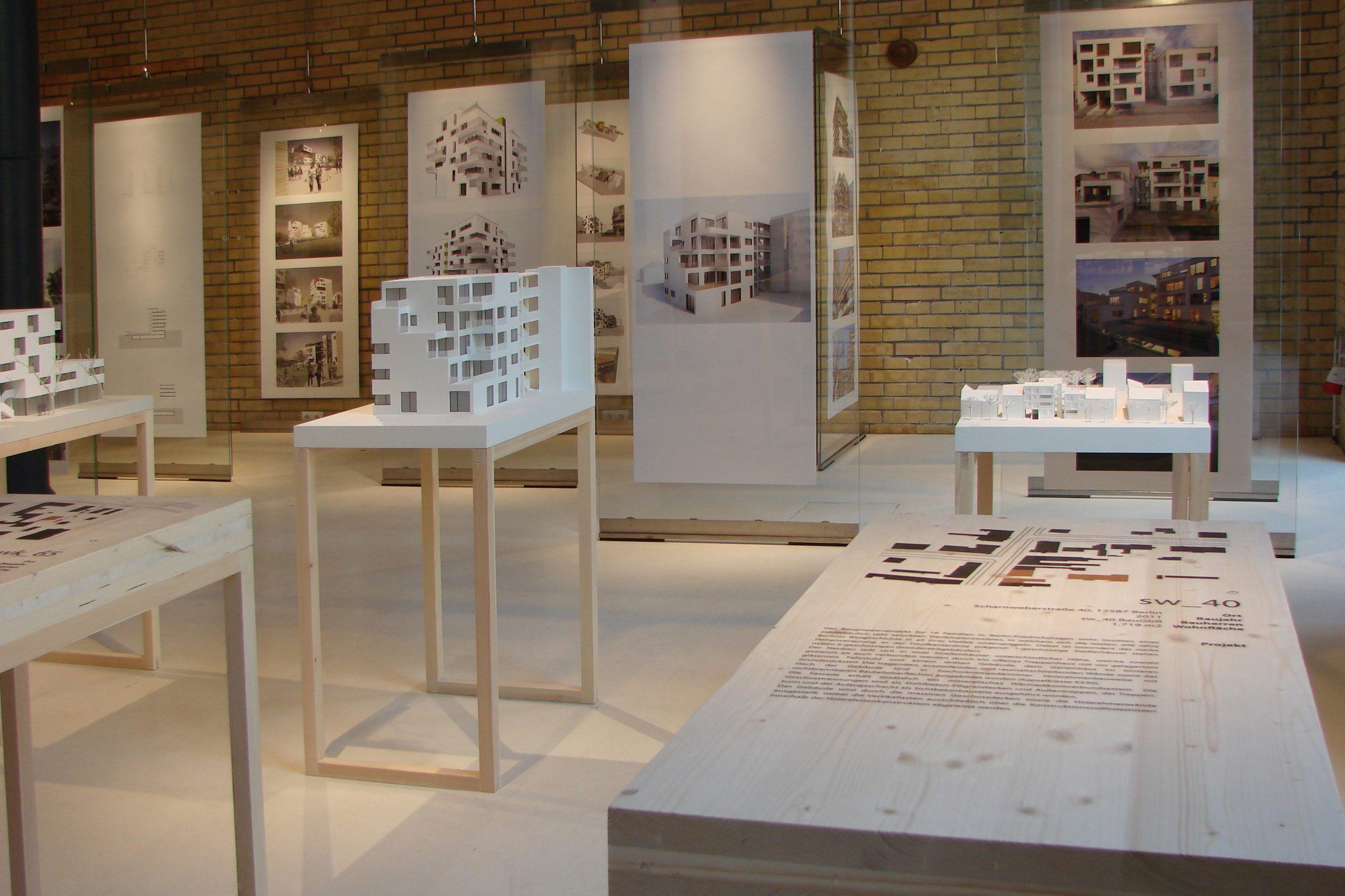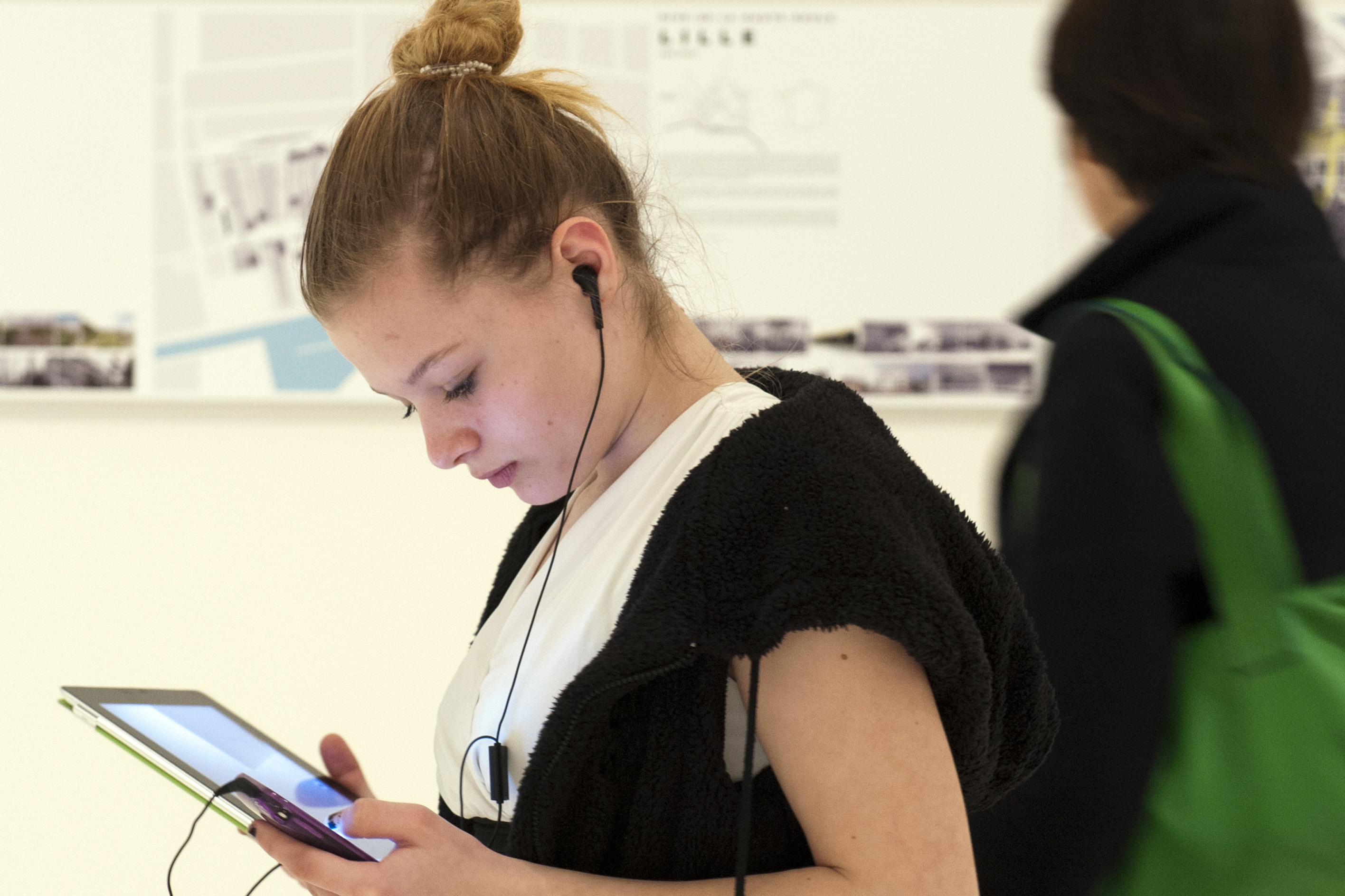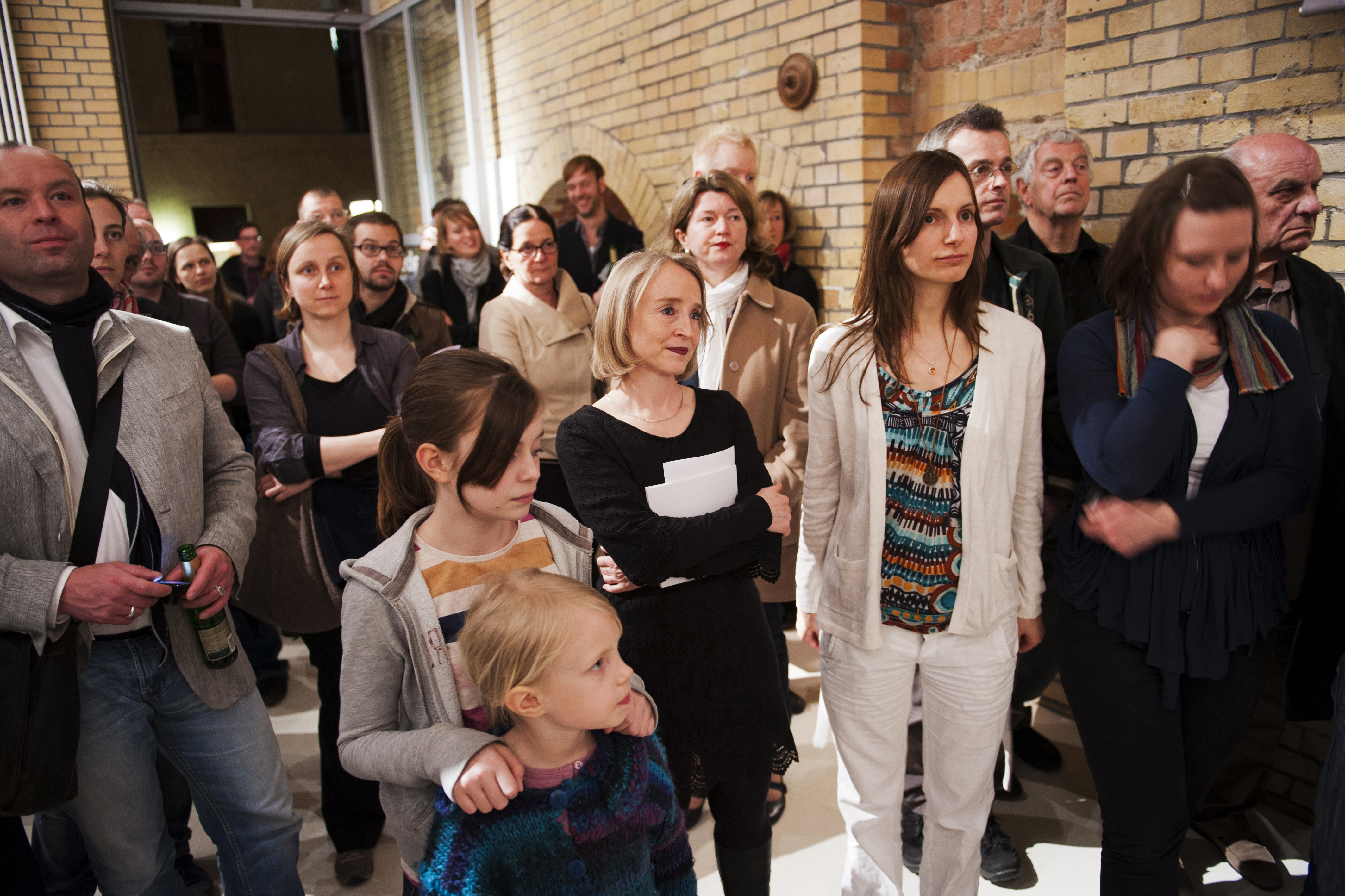In architectural modernism, wood has never been regarded as avant-garde; instead it has been perceived as sentimental, steady, traditional. Not so for the Berlin architectural office of Kaden Klingbeil. Since its founding, the practice’s special emphasis has been on multistory apartment buildings – constructed, moreover, of the material wood. At first glance, the team’s buildings are not recognizable as wooden structures. In terms of form, façade design, statics, and cubature, they allude instead to models from “white modernism.” Yet this duo, consisting of Tom Kaden and Tom Klingbeil, has rediscovered the advantages of wooden construction: Wood offers a renewable, continuously self-replenishing resource, guarantees short transport routes, and minimizes dead loads, as well as offering energy-saving and CO²-neutral processing. As a result, the ecological performance of wooden construction – given the responsible exploitation of resources – is consistently positive. In fact, the primary energy expenditures for a completed shell construction in wood are only circa 30% of those for a traditional solid structure. In addition, the safety of installation processes and abbreviated construction schedules made possible by the industrial prefabrication of wooden structures promote ecological, energy-optimized, and resource-saving construction in urban areas.
By virtue of its approach to issues of fire security, the first seven-story inner-city project, named e3, and erected by Kaden Klingbeil Architekten in 2008, has served as an exemplar throughout Europe; up until 2005, wooden construction was permitted in Berlin only to a maximum height of five stories. Their building projects, then, have become prototypes for innovative urban planning and constructive approaches which bring fresh ideas to the interplay of architectural attractiveness, maximum environmental protection, and sustainability in the context of the densification of inner-city areas. Introduced through the interdisciplinary application of innovative “state of the art” building technology is a new class a building intended for urban districts.
For this duo, the investigation and further development of wood as a building material is a passion. As they observe: “The common attributes: “cozy, natural, original, sustainable, rustic”: these are the contemporary mythologies of wood. But such connotations are false: we cannot go “back to nature” by means of “natural wood.” Because we recognize the substantive qualities of wood, we employ this sustainable material while positioning it in relationship to the cultural, social, technical, and economic fields.”
The exhibition provides viewers with insights into the office’s formal and constructive world and into the genesis and development of its innovative buildings, and features 1:1 details and material samples.
Catalogue
An Aedes catalogue was published.
With a text by Claus Käpplinger
ISBN 978-3-943615-02-9
German/English
Price € 10,-
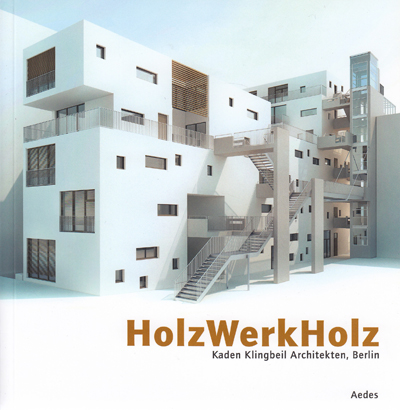
Sponsors
oa.sys baut GmbH, SIEVEKE GmbH, Stora Enso, KEIM, Fermacell, GROHE, pro clima Deutschland, Starmann Group GmbH, Sto, Heinrich Schmid, ISOCELL, Deutscher Holzfertigbau-Verband, 81fünf, EGGER, Sun Kontor GmbH, Kornelia Bremicker & Dr. Michael Bremicker, Roto Frank, Ralf Pawlitzky Modellbau, GLS Bank, Zumtobel, carpetconcept, Busch-Jaeger, AXOR Hansgrohe
Diese Ausstellung wurde ermöglicht mit der großzügigen Unterstützung von:
